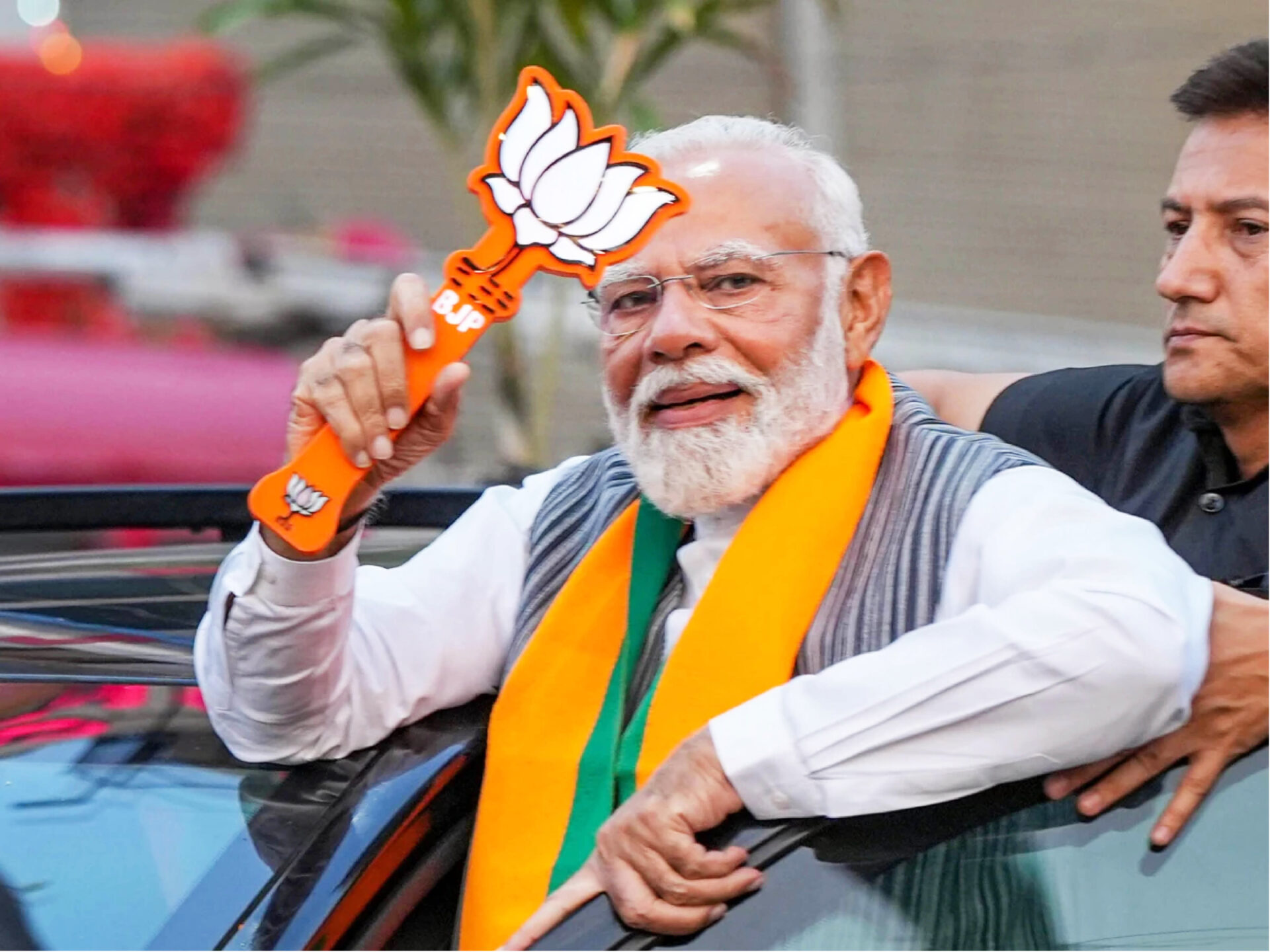Narendra Modi changed the name of the road on which the present Prime Minister’s House is located. Though horse racing in Delhi is not as popular and high profile as it is in Kolkata, Mumbai, Bengaluru or Chennai, a British era Race Course stands near the Safdarjung Airport and a short, less than a kilometre long road leading up to it was named Race Course Road. Modi, keeping with his people-centric approach, renamed it Lok Kalyan Marg. (Translation: People’s Welfare Street.) With India reverting to an era of coalitions, unfettered policymaking, which was the Lok Kalyan leitmotif of the Narendra Modi era, may be encumbered in Modi 3.0.
Poet Gulzar has penned a comment on the emerging paradigm: “Badey magroor hain ghodey suna hai; woh man marzi se chalne lag gaye hain; woh soney ke lagaam mangtey hain (Horses have been overcome by arrogance, I hear; they have started charting their own course; they demand gilded reins)” At the helm of a coalition which is dependent on the votes of partner parties, BJP leadership will have to evolve a strategy which does not derail the good work of Narendra Modi in the past decade and yet meet the needs of “coalition dharma”.
The 18th General Election results have been a victory for India’s democracy. Naysayers who had been campaigning that Constitution of India was endangered and that the return of Narendra Modi will be the “end of democracy” have been rudely rejected. By winning 245 seats in its third successive bid for power BJP has reiterated its position as the leading pan-India party. Its tally surpasses the combined tally of 232 of its Opposition allies. Ironically, Congress, which is the fulcrum (not the leader, as that slot has been denied to it by its allies) of the INDIA bloc, had won 232 seats in 1991 when P.V. Narasimha Rao formed a coalition government, which survived a full five-year term and ushered in paradigm change in India’s economic management. Narasimha Rao faced problems not from external allies but from dissenters within his Congress party, who, with unobtrusive prodding from Sonia Gandhi’s “10 Janpath”, tried to trip him time and again. Congress plummeted post 1996 largely due to factional politics within. P.V. Narasimha Rao and his successor as Congress president, Sitaram Kesari, were humiliated to facilitate the rise of Sonia Gandhi.
Narendra Modi faces no such roadblocks. His party stands solidly behind him. By being elected as leader of National Democratic Alliance prior to his formal re-election as leader of BJP in Parliament Modi has underscored the importance he assigns to his partners. NDA, formed in May 1998, is now a 26-year-old vibrant coalition. It has seen exits and re-entries. Unlike Congress-anchored alliances, NDA has neither undergone change in nomenclature nor has BJP lost its prime slot. United Progressive Alliance, the Congress-led coalition, which provided governance between 2004-14, evaporated as Modi won in 2014. The I.N.D.I.A bloc, which emerged with the sole aim of displacing Modi in June 2023, never accepted Congress supremacy. Congress had to accommodate allies at the cost of displeasing its committed cadre, many of whom decided to quit.
NDA, in fact was a coalition concept germinated by BJP in its nascent years in the 1980s. BJP refused to be part of anti-Congress opposition conclaves which were held in Vijaywada, Srinagar, Calcutta (Kolkata), Delhi since 1983 and had floated a short-lived NDA with Charan Singh’s party. Telugu Desam Party (TDP), which had hosted the 1983 conclave in Vijaywada is now the second largest constituent of the NDA in 2024. Successor party of Charan Singh’s politics, Rashtriya Lok Dal of Jayant Choudhury, is also in Modi’s NDA.
Congress has reason to rejoice. Its downturn has been reversed. BJP’s bid for ‘Congreess-mukt Bharat’ has been stemmed
BJP had given 26% tickets to entrants from other parties. 69 of these 110 candidates lost. In Himachal Pradesh byelections to Vidhan Sabha, four Congress defectors to BJP lost. 95 seats of the 132 in which BJP dropped sitting MPs were won by it. Only 57 of the 168 incumbent MPs who contested returned.
Intra-party and inter-party coalition management will open new vistas of challenge for BJP. The prudence of BJP president J.P. Nadda saying in the midst of the campaign that BJP was now capable of running its own affairs when asked about the role of RSS, may have to be discussed. Ditto the case with BJP’s silence on the balloon floated by Arvind Kejriwal questioning the future of Yogi Adityanath as Chief Minister of UP.
TDP and JD(U) will be strong allies of NDA. A statement by TDP chief Chandrababu Naidu’s Stanford alumnus son, Nara Lokesh, that Muslim quota will be continued in Andhra Pradesh as it was a welfare measure and not appeasement, is an indication of the ideological battles ahead. Nitish Kumar nearly touched Modi’s feet at the NDA meeting in New Delhi on Friday. Same day large hoardings with his photograph appeared in Patna, citing the title of a Salman Khan movie: “Tiger Zinda Hai”. Managing contradictions and evolving consensus will be a major task for Modi in his hat-trick term as Pradhan Mantri, which he prefers to define as “Pradhan Sewak”.

